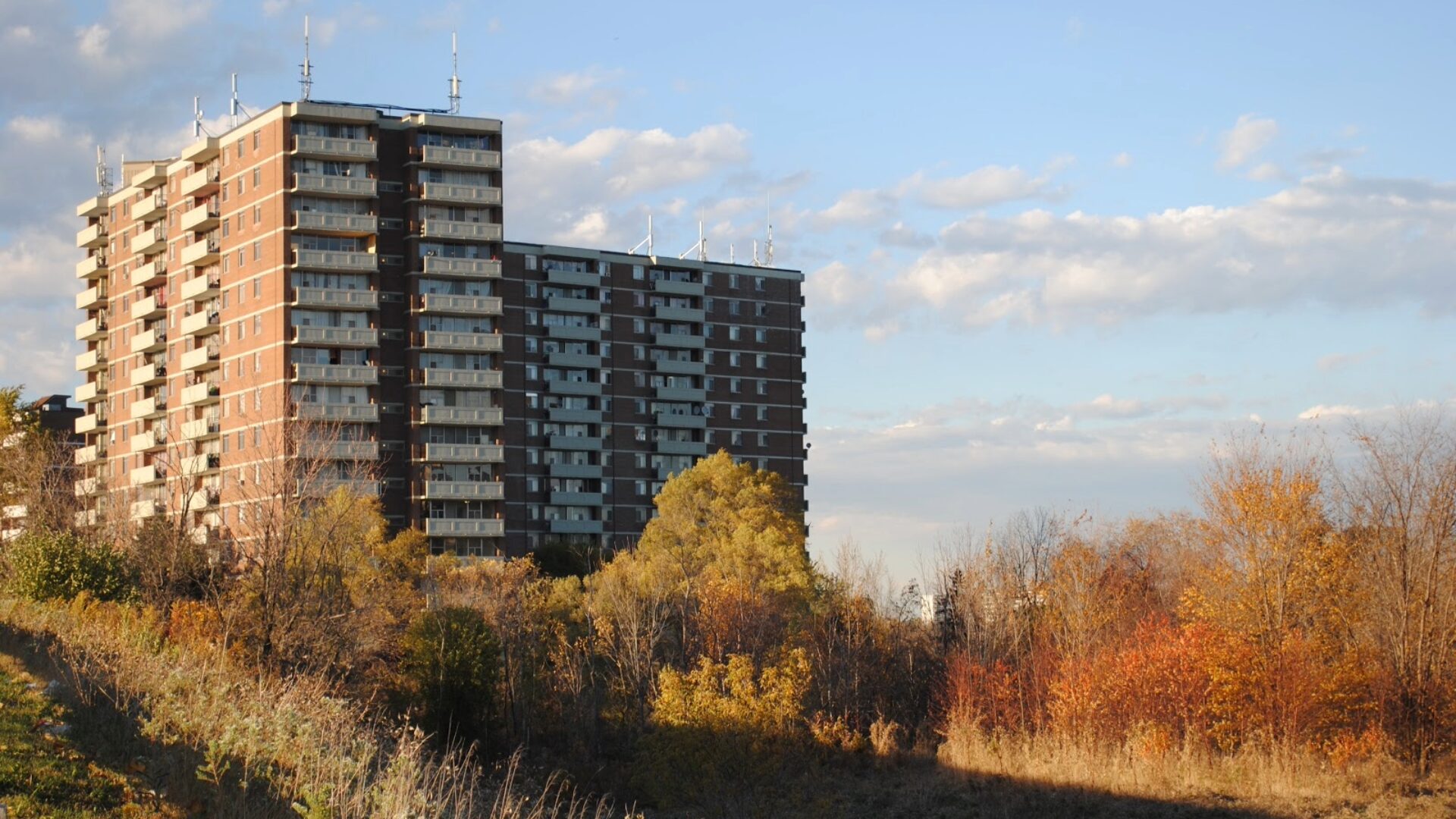
No Damages Awarded for “The Building that Blew Up”: $16 Million Damages Claim Dismissed After 13-Years of Litigation
On October 7, 2025, the Justice Schabas of the Ontario Superior Court of Justice released the long-awaited decision in Avedian et al v Enbridge Gas




